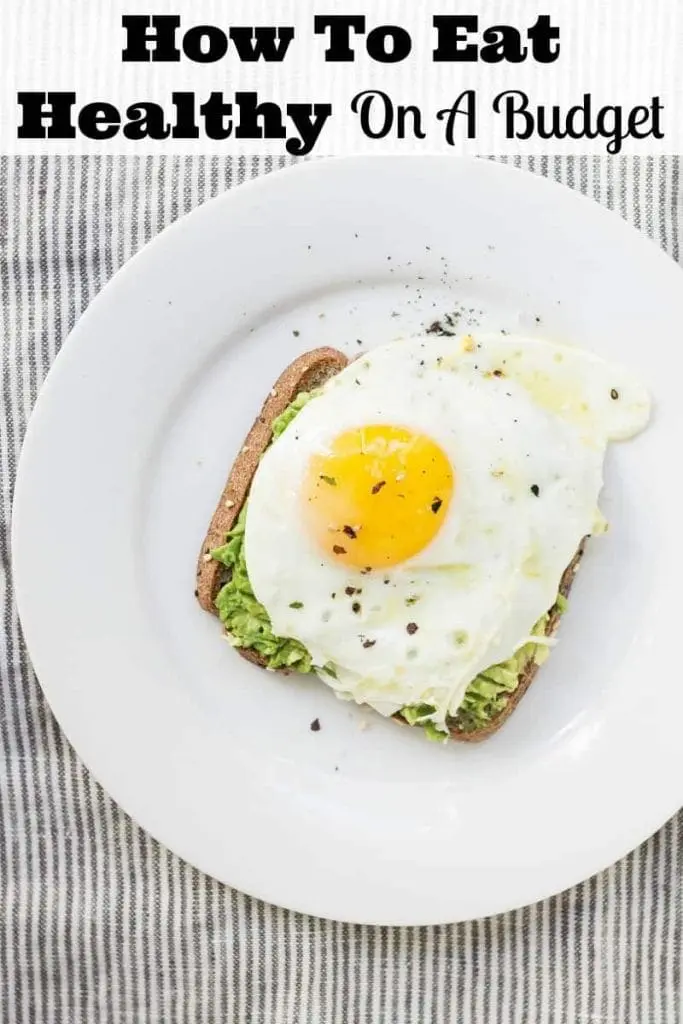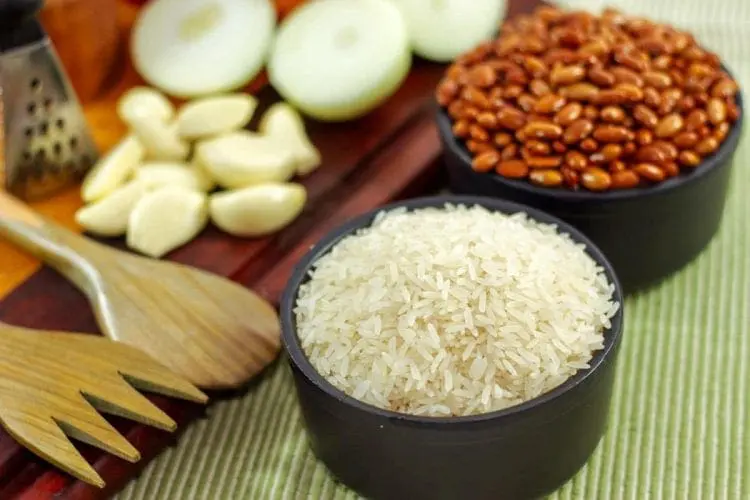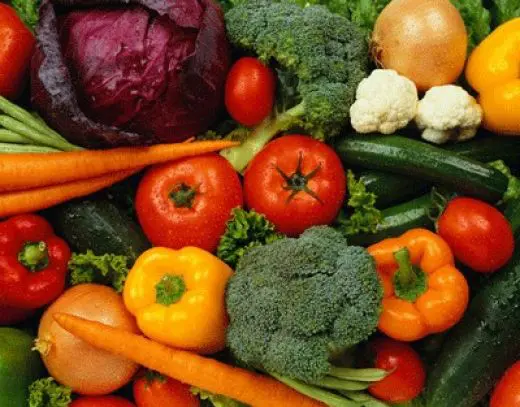Eating healthy on a budget can feel like a challenge, especially for families juggling busy schedules and growing appetites. However, with a little planning and smart shopping, it’s possible to enjoy nutritious meals without overspending. By focusing on whole foods, meal prepping, and making the most of sales and discounts, families can create delicious, balanced meals that support overall health. This guide will provide practical tips to help you stretch your grocery budget while keeping your family well-nourished.

Tips For Eating Healthy
Being a parent is challenging, but keeping your family happy, healthy, and fed well is another challenge altogether. While frugal shopping tricks and coupons are helpful to saving money, here are some tips that focus on how to eat healthy on a budget. Eating right is far more important than ‘dieting’, in my opinion, mainly because it’s a change in lifestyle. And, a change in lifestyle is the only way you are going to maintain your goal once you reach it.
Here are some ideas for eating healthier:
- Diversify. By preparing a variety of foods, you won’t get bored with your meals.
- Vegetables. Add vegetables to your soups and meals, to fill you up quicker and add nutrients.
- Whole Grains. Switch to whole grains for breads and cereals.
- Downsize. Take small portions in the beginning of the meal, and eat slowly.
- Moderation. Don’t completely eliminate all your favorites. Just eat less of it, and less often.
- Spices. Add a variety of spices to your cooking to add great flavor without calories.
One of the major expenditures each week for a family is the grocery shop, but it’s also one of the easiest bills to reduce. It’s still possible to buy yummy, nutritious food, even if you are feeding the family on a budget; you just need to know how to work the supermarket to get what you want, for less.
Cook From Scratch Using Whole Foods
Making your own meals from scratch is beneficial in numerous ways. First if you look at frozen meals, you’ll find that they’re completely processed and far from nutritious. Frozen food is cheap simply because companies are using the worst ingredients out there to make their food taste better.
If you’re worried about money and feel that processed is the only way to go, measure out a few other options. Children love potato chips. Why not make your own? It’s simple! Grab a bunch of potatoes, slice ‘em, season ‘em, and throw them in the oven- they’re healthy and a fraction of the cost of large bags. There are many recipes for easy, inexpensive and healthy snacks online! Cooking from scratch is always healthier and a cheaper option when comparing similar meal options that could be home cooked, processed or from a restaurant.
Focusing on whole foods means choosing minimally processed ingredients like fresh fruits, vegetables, whole grains, beans, nuts, and lean proteins. These foods are often more nutrient-dense and can be more affordable when bought in bulk or in-season. Shopping the perimeter of the grocery store, where fresh produce and unprocessed items are usually located, can help you avoid costly packaged foods. Additionally, cooking from scratch rather than relying on pre-packaged meals allows you to control ingredients, reduce additives, and save money in the long run. Involving your kids in picking out and preparing whole foods can make healthy eating more exciting and educational for the whole family.

Use Meal Planning
As a parent, it’s common to struggle with planning food for the week to feed your family. When you come home from work, it’s often the last thing on your mind after a long and stressful day. A great way to go about this is planning your meals ahead of time. You can find some great weekly meal plans for families on a budget if you search google, like this one. Make a shopping list when you go the market so you’ll be aware of exactly what you need for a week of great meals.
Consider including foods that provide a lot of nutritional value for the money such as:
- dried beans
- brown rice
- old fashioned oats
- russet potatoes
- chicken thighs
- eggs
- and try Healthline’s list of cheap healthy foods
After cooking your meals, don’t throw them away! Most food will be safe to store for 2-3 days (besides fish!). When you know a certain meal will be perfect for leftovers, just double the recipe and freeze half of it. You can even eat this later in the month on a night you have no time to cook. Rather than covering your leftovers with cling wrap, store them in Tupperware to keep them the freshest possible. Another excellent money saving trick is that if you only have a little bit of extra food, think about ways you would be able to use it for a snack or sandwich. Oftentimes, leftover chicken or other meat can be used towards a sandwich or in a stir-fry.
Shopping Tips To Save Money On Healthy Foods
While shopping for groceries, be weary of certain things when you’re headed to the supermarket. First off, never go to the market when you’re hungry! You’ll end up with loads of food you don’t need or even want. Second, allow a large chunk of time so you’re not rushing through the aisles grabbing whatever you want without looking at prices. If it’s possible to leave your little ones at home, do it. Kids will ask for things time and time again, and eventually you’ll get worn down, allowing them to throw their favorite junk food in the cart just to get them to quiet down.
Making the most of sales and discounts starts with planning ahead and being strategic about when and where you shop. Check weekly store flyers, use digital coupons, and sign up for grocery store loyalty programs to access exclusive savings. Stock up on non-perishable staples like canned beans, whole grains, and frozen fruits and vegetables when they’re on sale. Consider buying in bulk for items your family uses frequently, such as oats, rice, and pasta, to save in the long run. Shopping at discount stores or farmers’ markets, especially near closing time when prices may drop, can also help stretch your budget. By combining sales with meal planning, you can ensure that your family enjoys healthy, affordable meals all week long.
Buying individually wrapped packages of chips and cereal can really add up! Make sure you buy in bulk when it offers additional saving and most of the time it does! Frozen berries are far cheaper than the ones in the fresh fruit aisle and make fantastic smoothies. Alternatively, head for the local farmer’s market for quality produce, for less money.
Don’t forget your grocery store coupons! Lastly, try shopping online! If you’ve tried this before, you’ll see that doing so exponentially helps with sticking to a list of exactly what you need.
Pro Tips To Eat Healthy on a Budget
- Compare Prices on Name-Brand Products – Store brands often have the same quality as name-brand products but at a lower cost. Always check unit prices to see which option offers the best value.
- Plan a Weekly Menu – Meal planning helps reduce impulse buys and food waste. Base your meals around in-season fresh vegetables and budget-friendly proteins like beans or a whole chicken.
- Buy Perishable Items in Smaller Amounts – If your family doesn’t consume fresh produce quickly, buy smaller amounts to avoid waste or freeze items for later use.
- Check Nutrition Facts – When comparing products, look for healthier foods with more dietary fiber and fewer added sugars or unhealthy fats.
- Use Federal Government Websites for Resources – Websites like MyPlate.gov offer guidance on healthy eating habits, meal planning, and food assistance programs for families facing food insecurity.
- Shop Smart with Bulk Buying – Buying in bulk can lower food costs for staples like grains, beans, and frozen foods. Just be mindful of storage space and expiration dates.
- Look for Deals in the Local Paper & Online – Grocery stores often list sales in the local paper or on their official website. Clip digital coupons to save on essentials like dairy products and organic produce.
- Limit Convenience Store and Fast Food Joint Purchases – While grabbing a quick bite might seem like a cheap way to eat, fast food costs add up over time. Cooking at home is the cheapest way to eat healthily.
- Stretch Your Grocery Bill by Shopping at Food Banks – Families facing food insecurity can access nutritious foods, including fresh vegetables and dairy products, at local food banks.
- Avoid the Coffee Shop Habit – Instead of spending money at a coffee shop daily, make coffee at home and put those savings toward your grocery bill.
Conclusion:
Eating healthy on a tight budget is all about making smart choices, planning ahead, and maximizing your resources. By focusing on whole foods, shopping strategically, and taking advantage of sales and discounts, families can enjoy nutritious meals without overspending. Small changes, like meal prepping and reducing food waste, can also make a big difference in both health and savings. With a little creativity and effort, healthy eating can be both affordable and enjoyable for the whole family.
Feeding your family doesn’t have to cost a fortune. Stick to a shopping list and plan your meals each week – it’ll surprise you, how much this one step can save you. The key to be able to eat healthy on budget is to hone your cooking skills and get down some basic recipes with low ingredient costs that still have plenty of protein and vegetables. What are your favorite tips for how to eat healthy on a budget?
Related Posts:


T Rockwood says
Also when thinking about how to eat well on a budget, don’t forget to go meatless! Since I am vegetarian I of course support that but you can save lots of money too. Organic chicken costs so much more than beans to make a chili or a favorite frittata or vegetarian burritos.